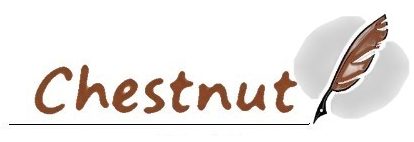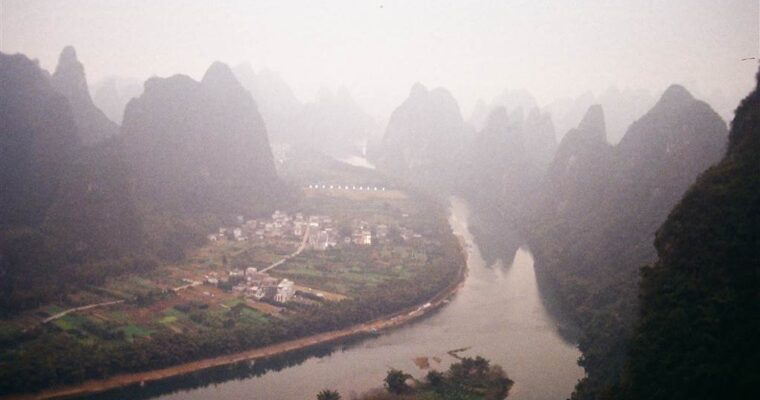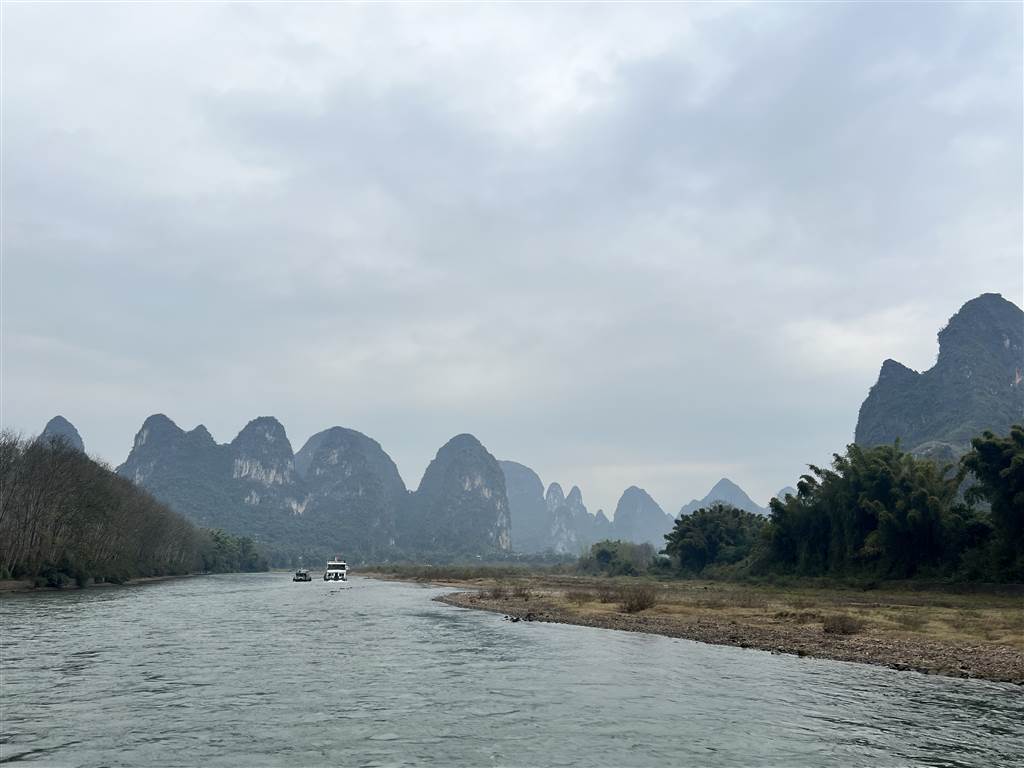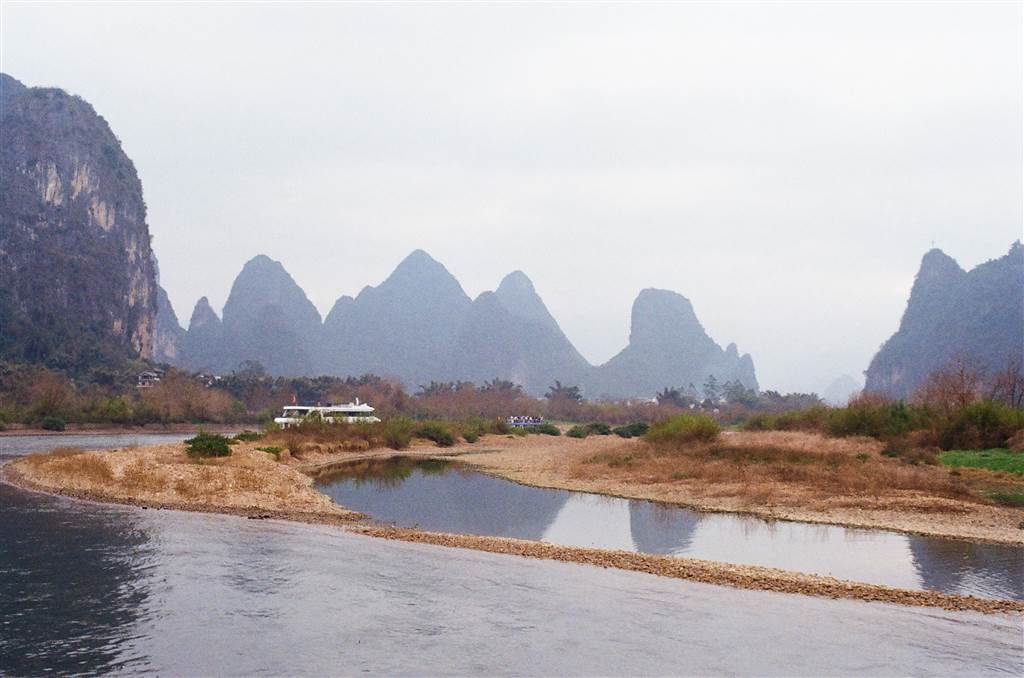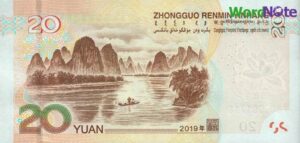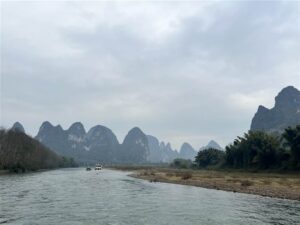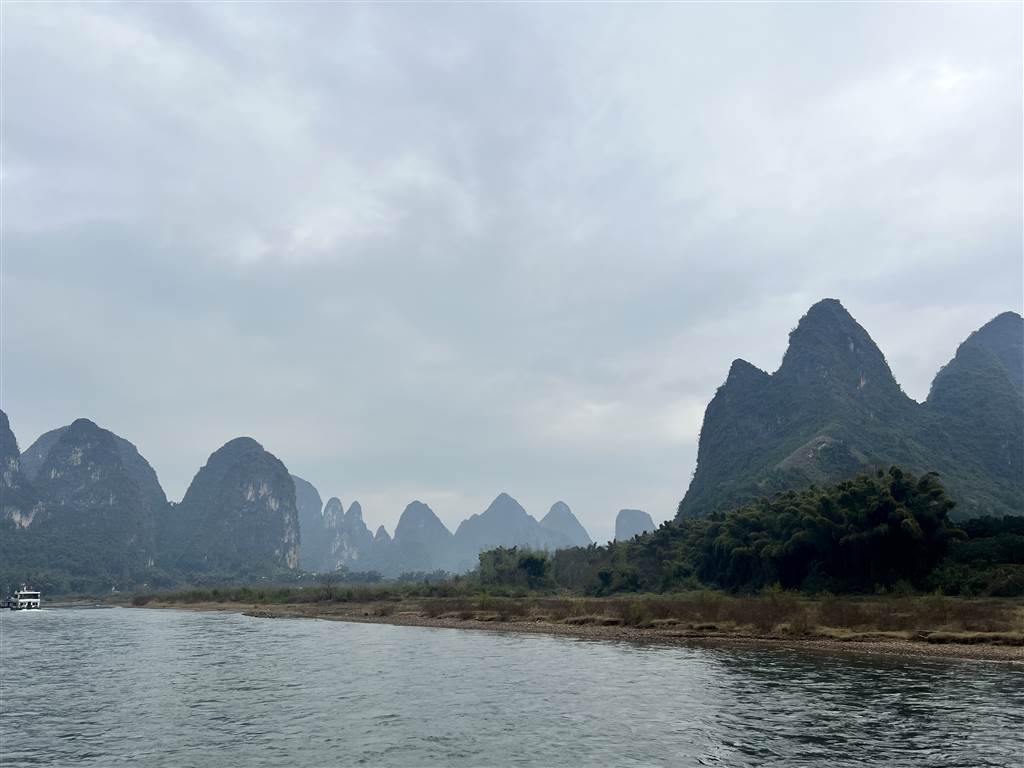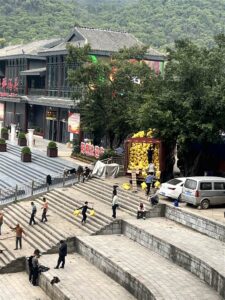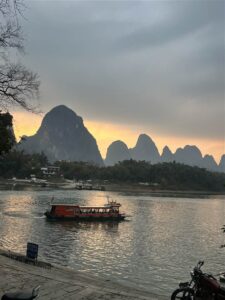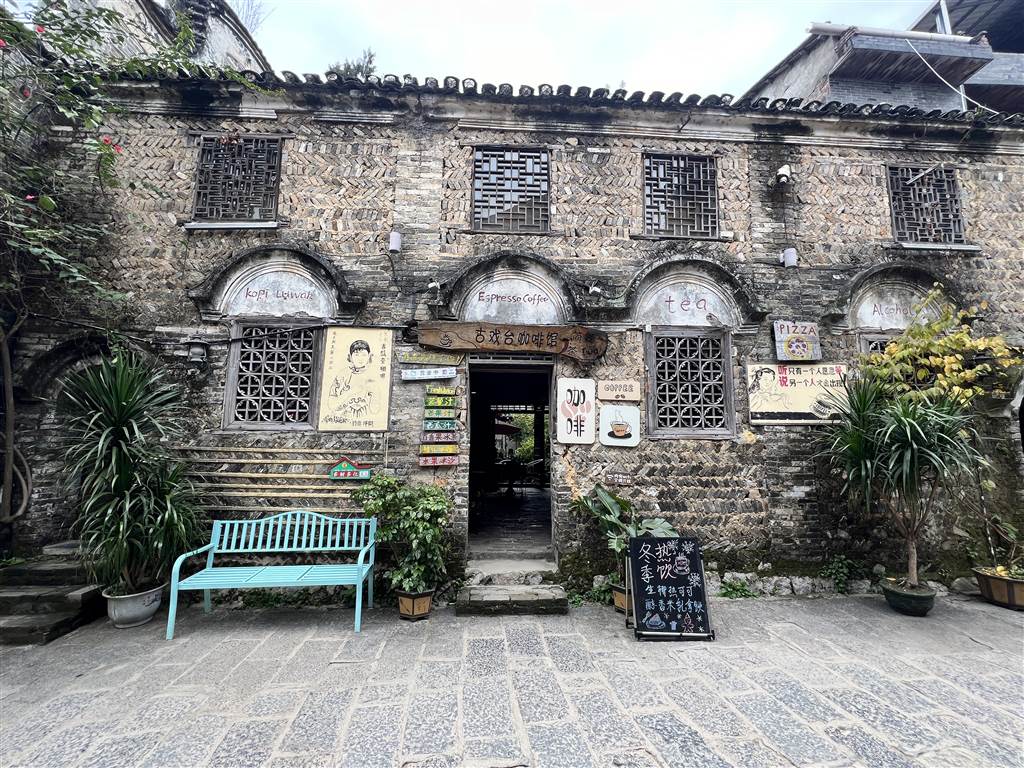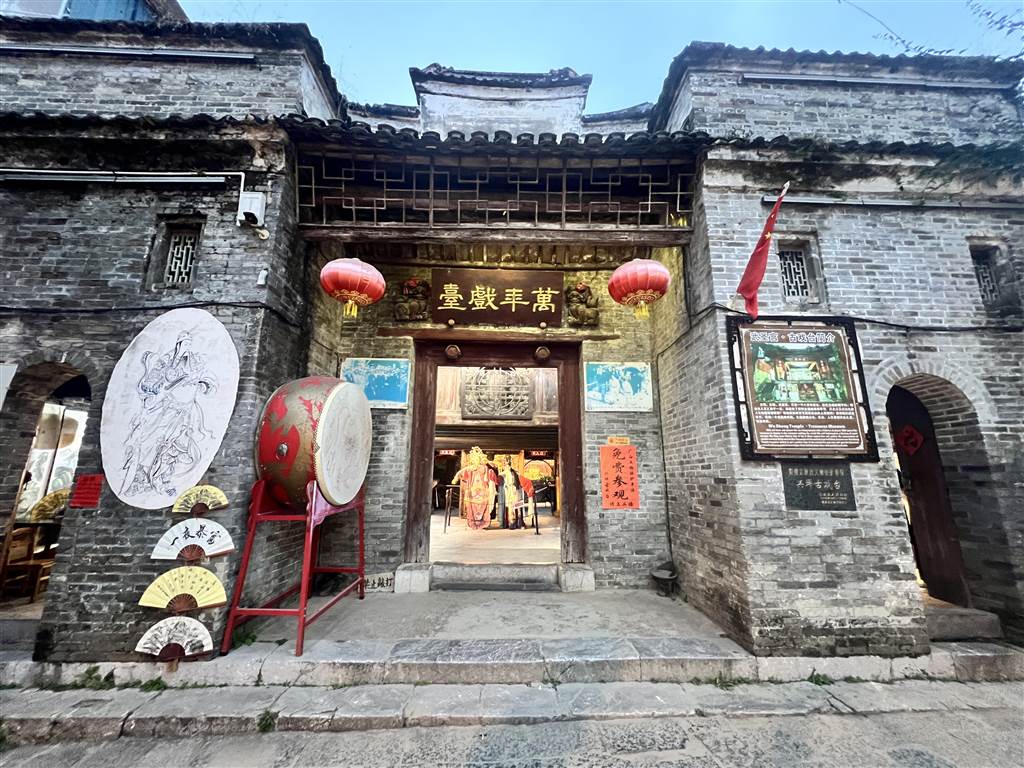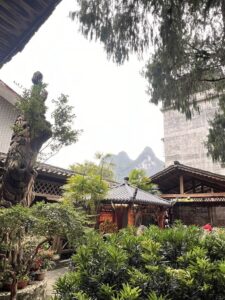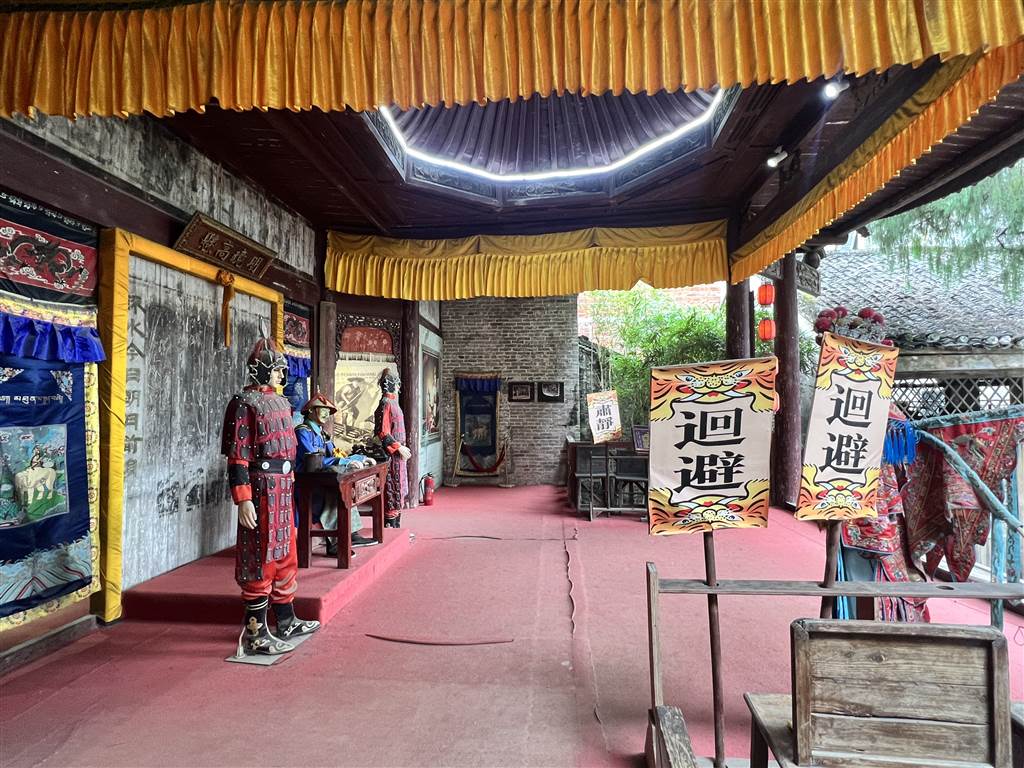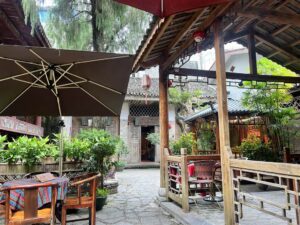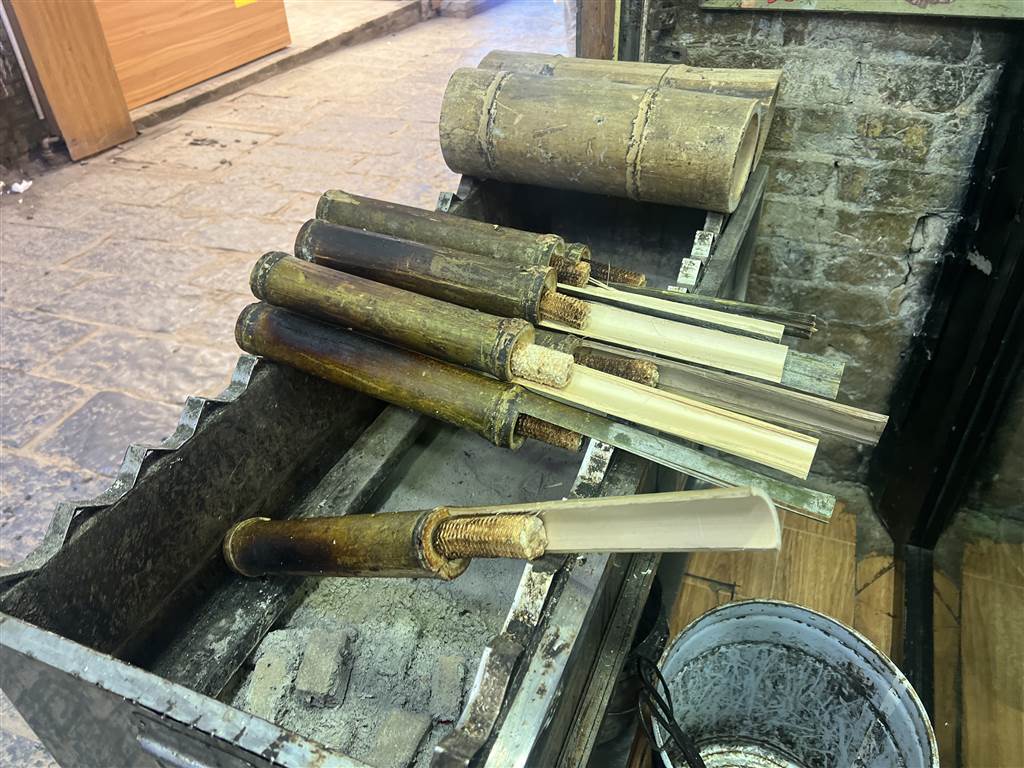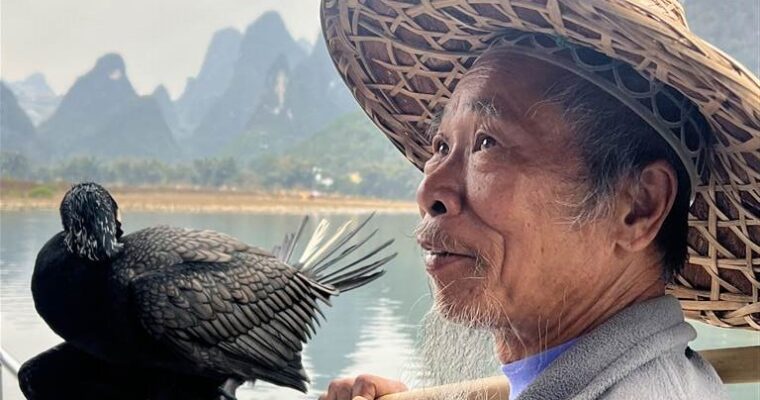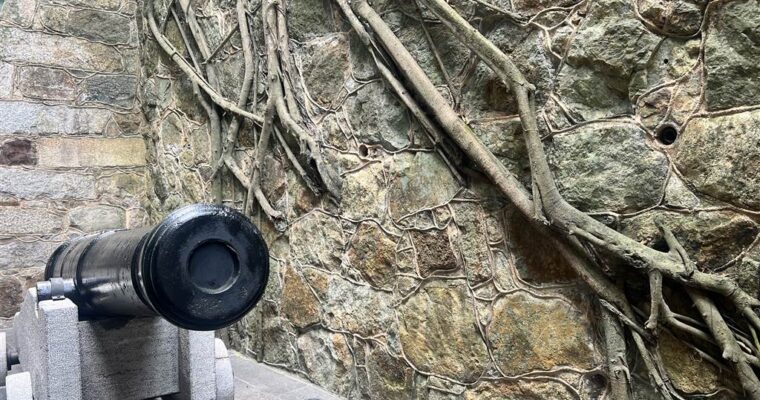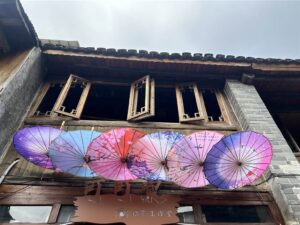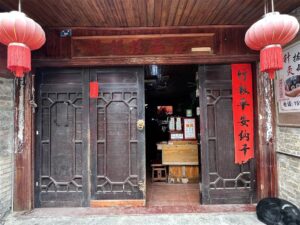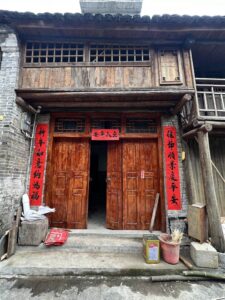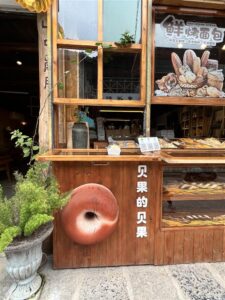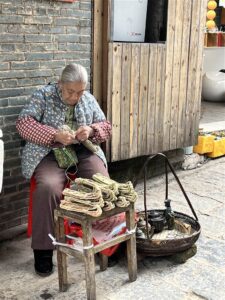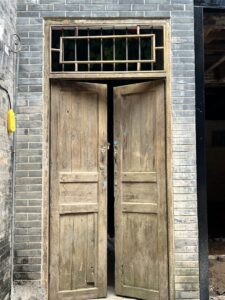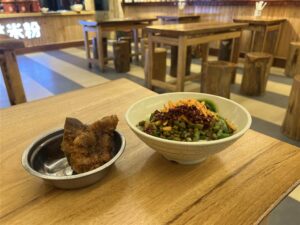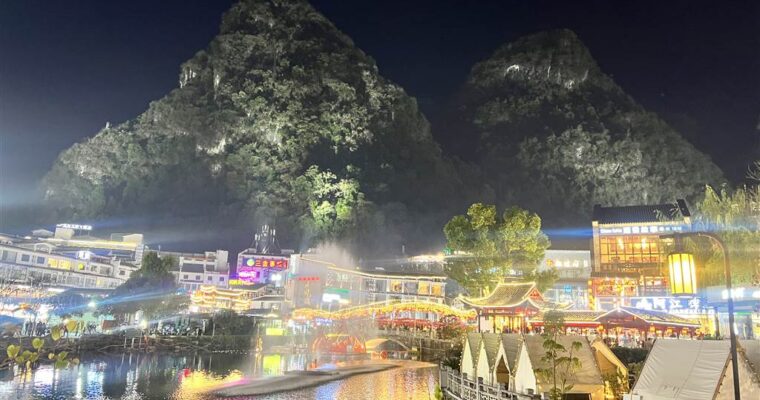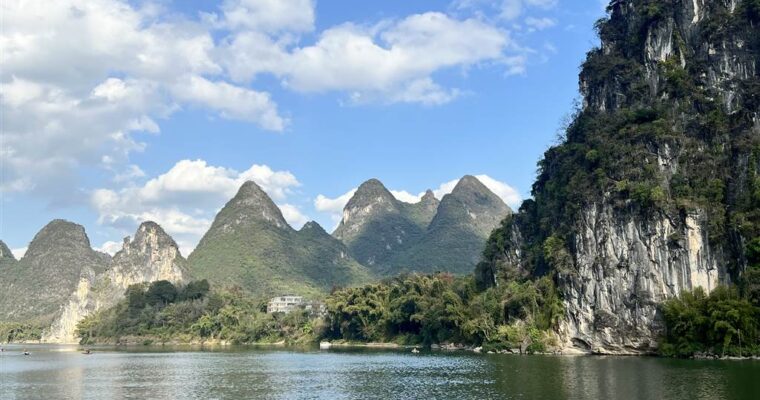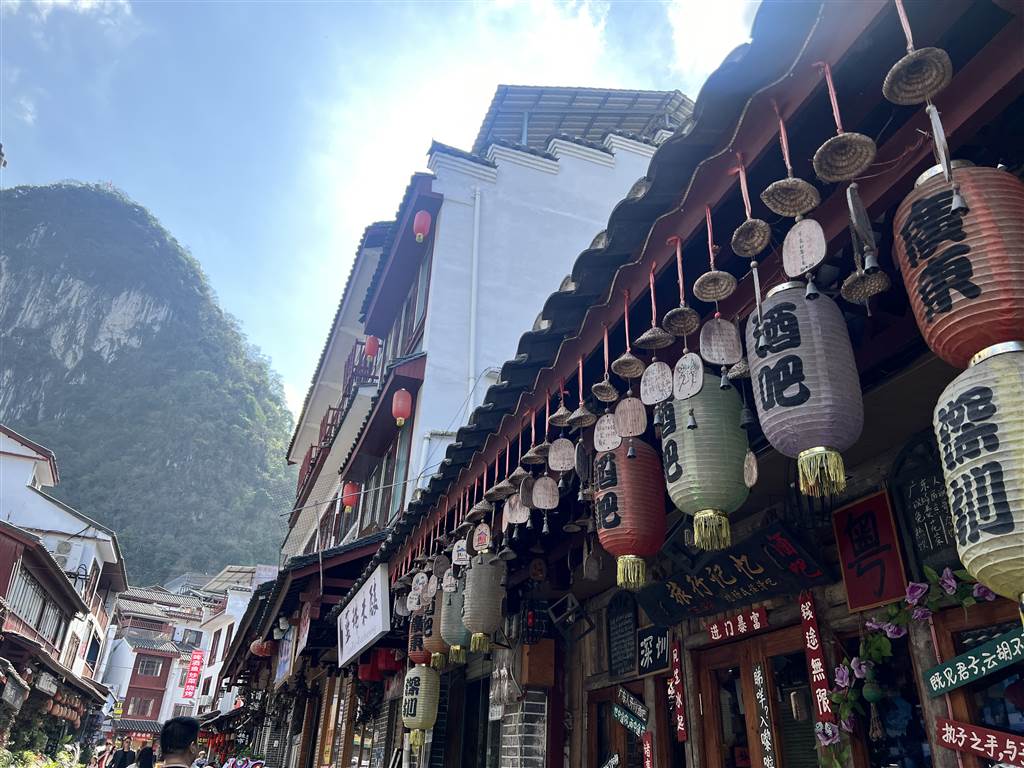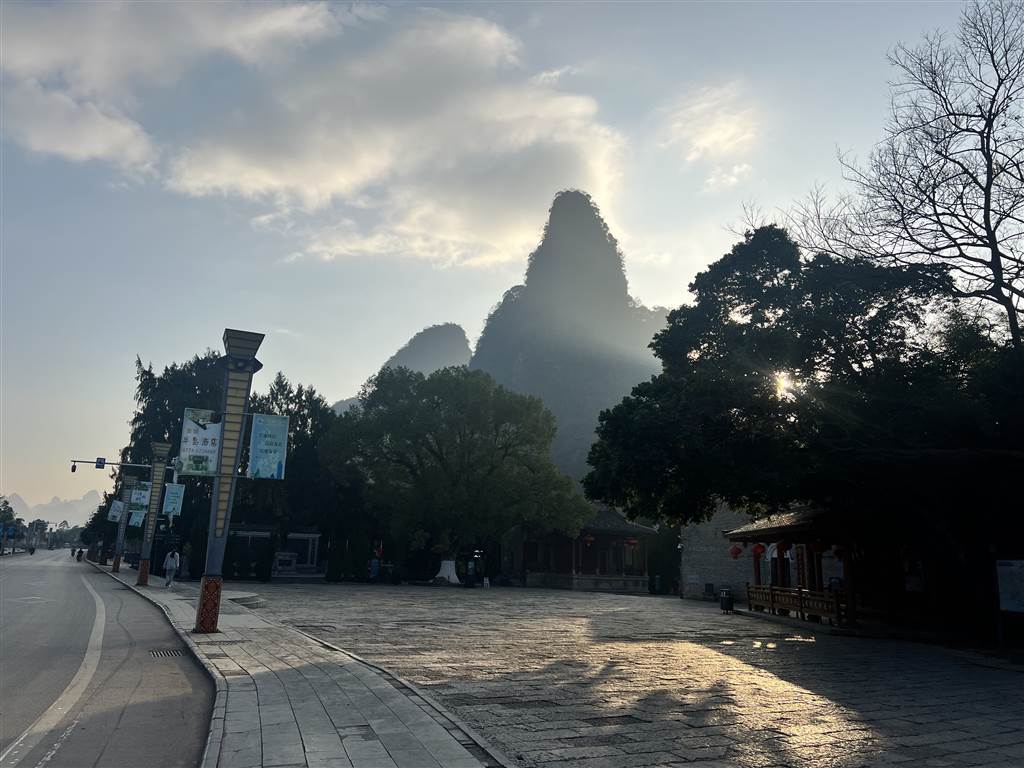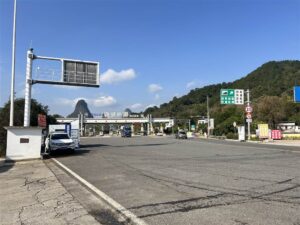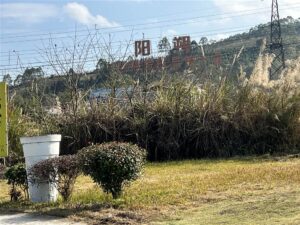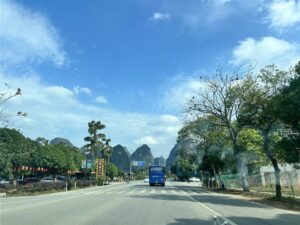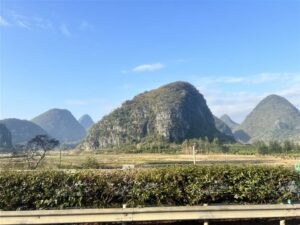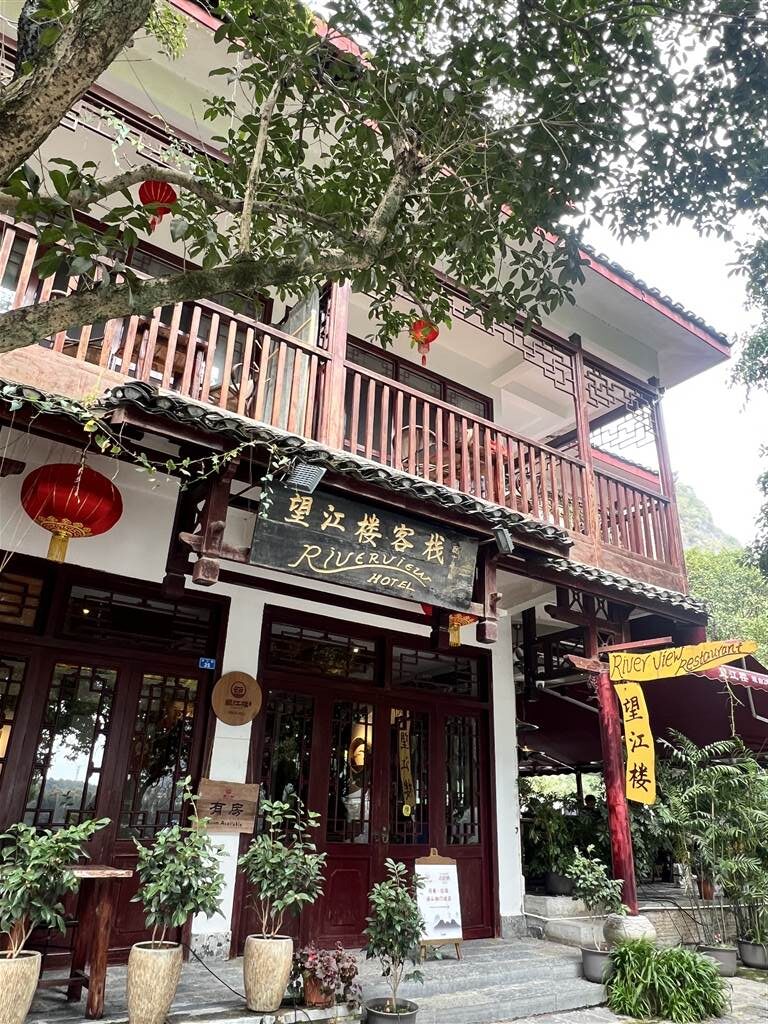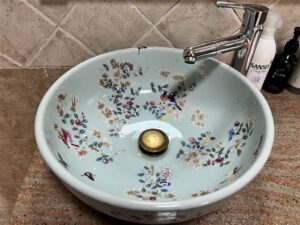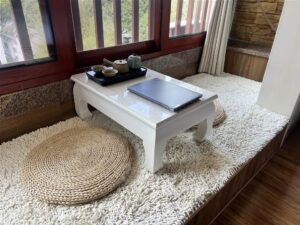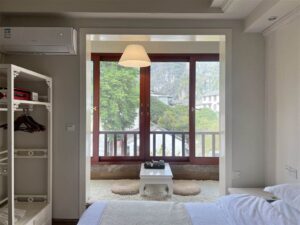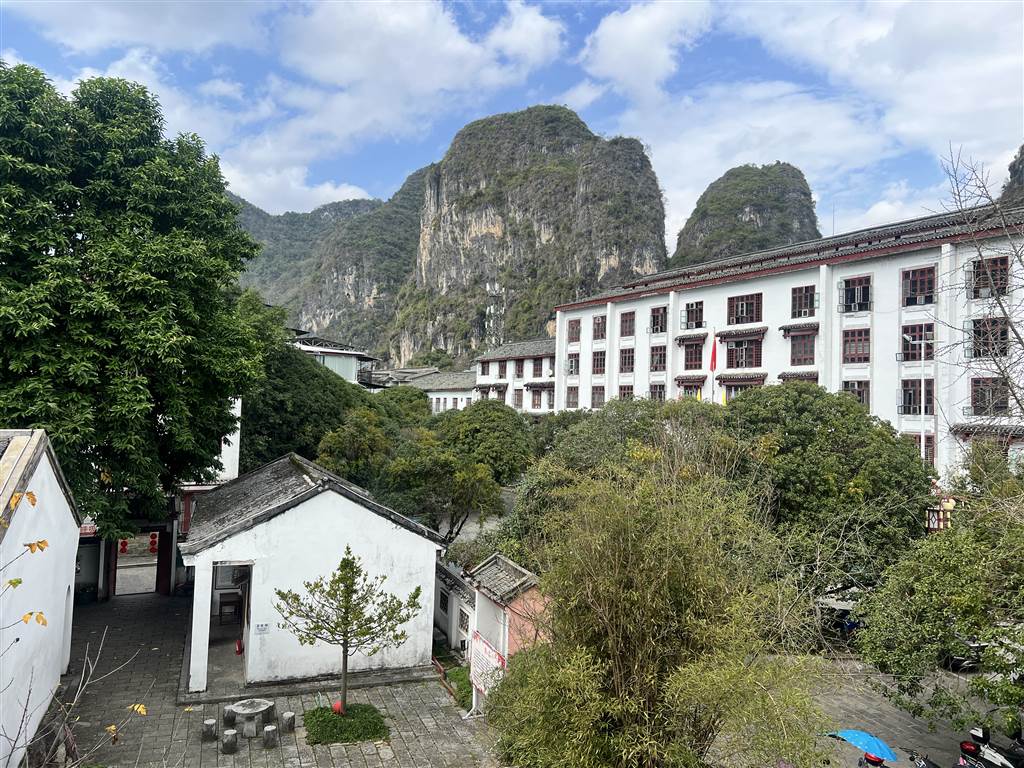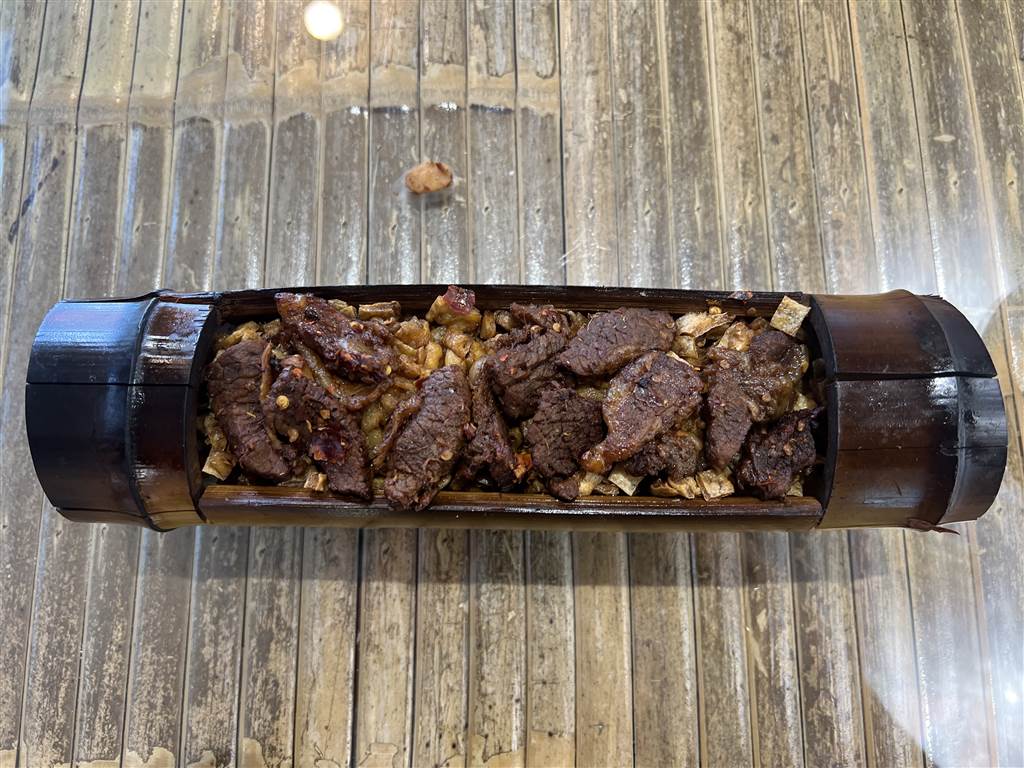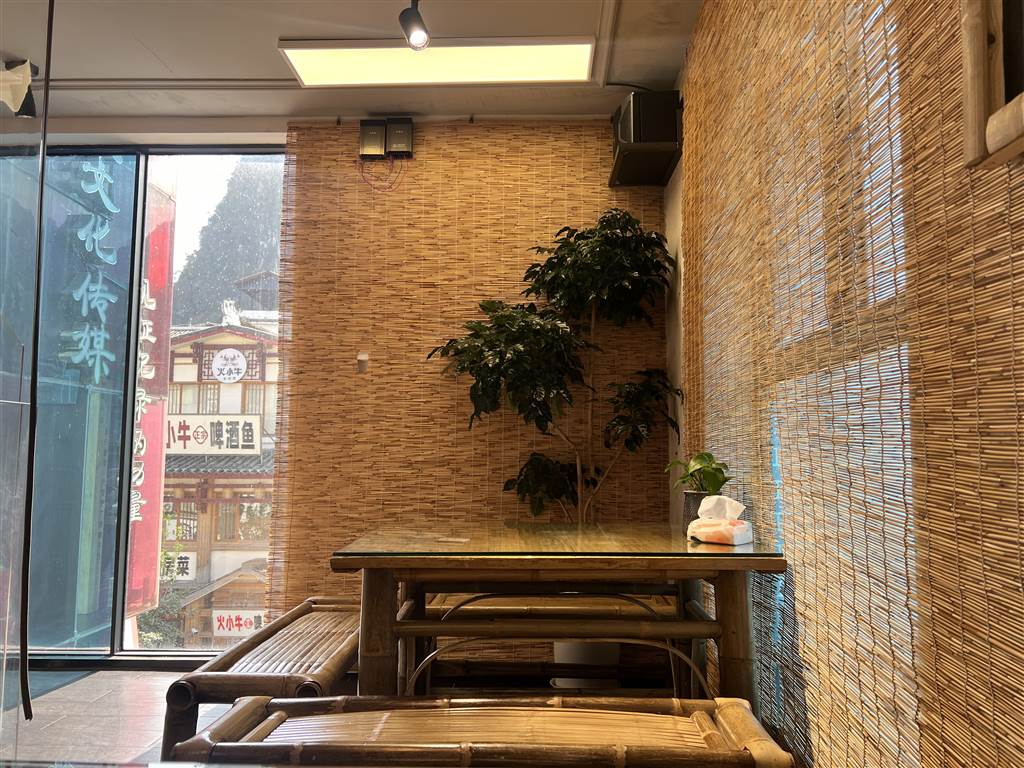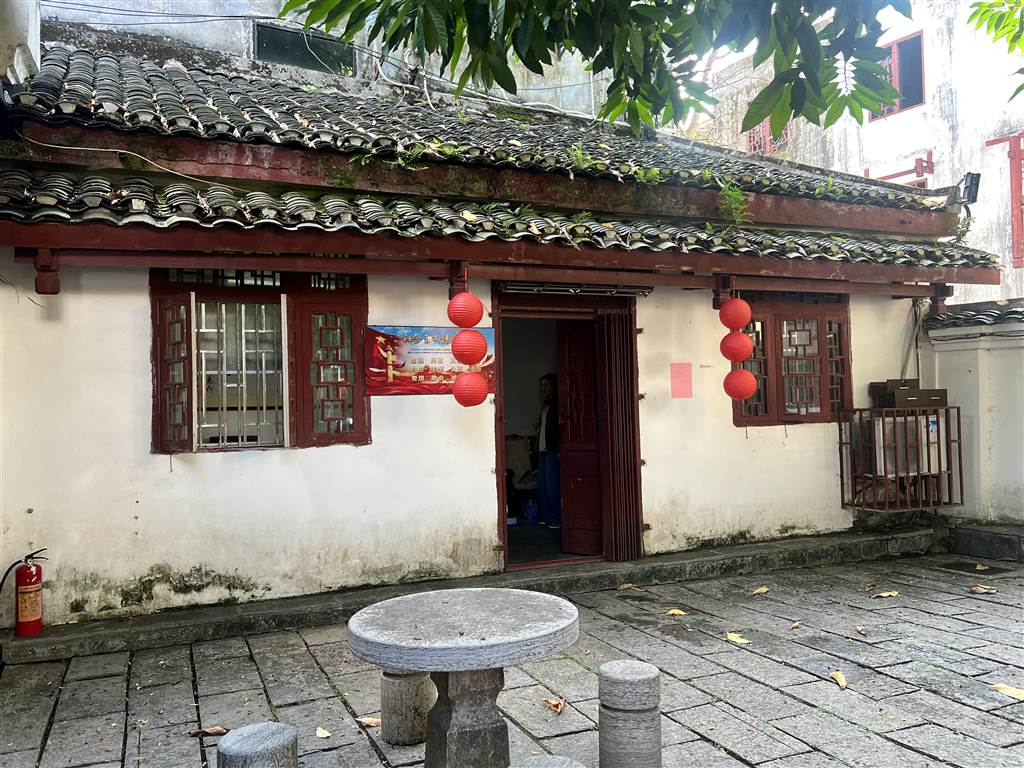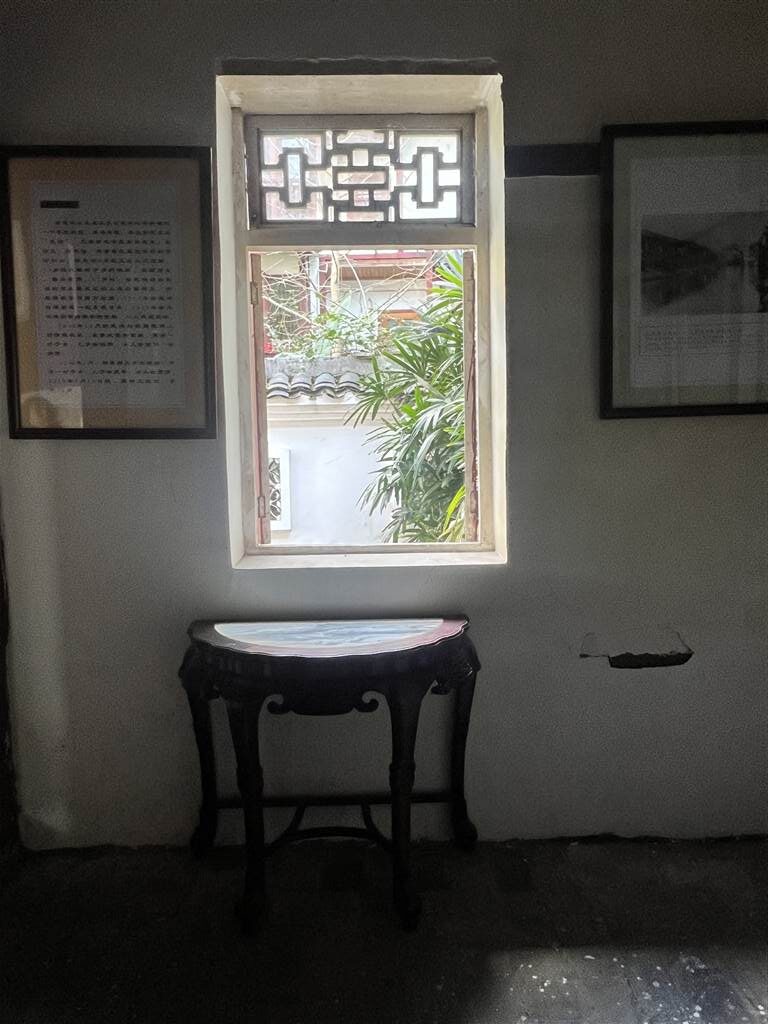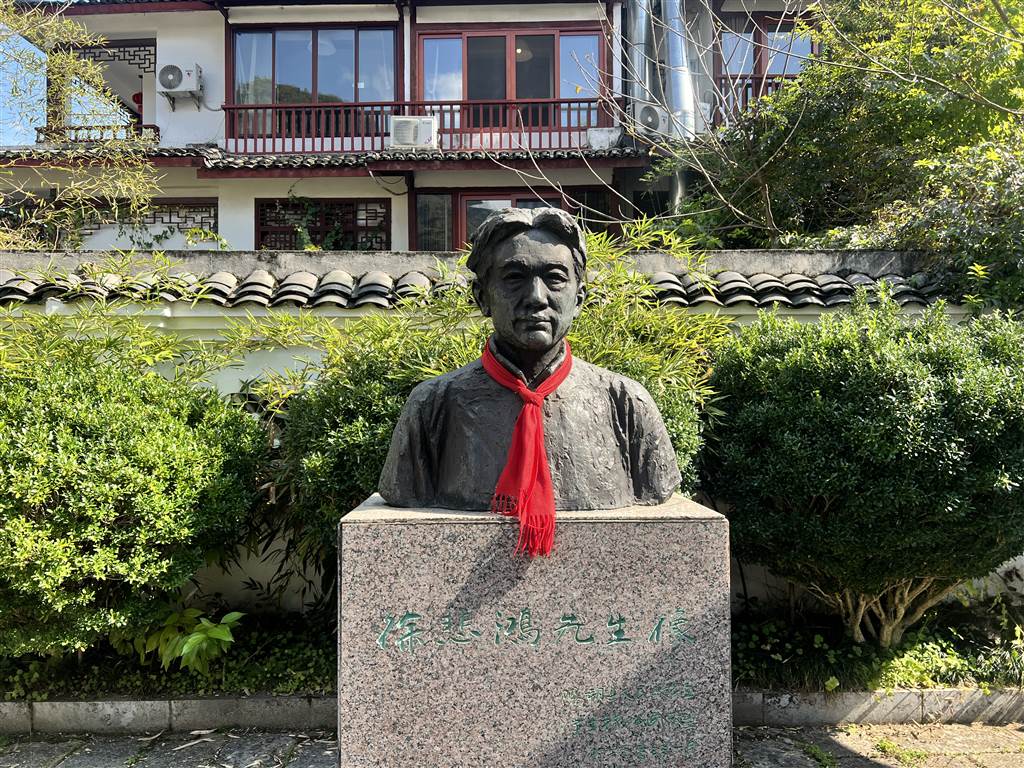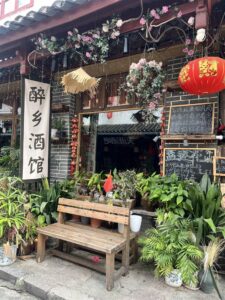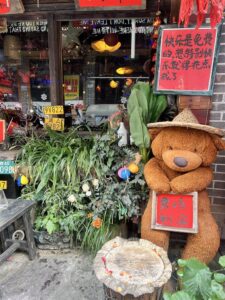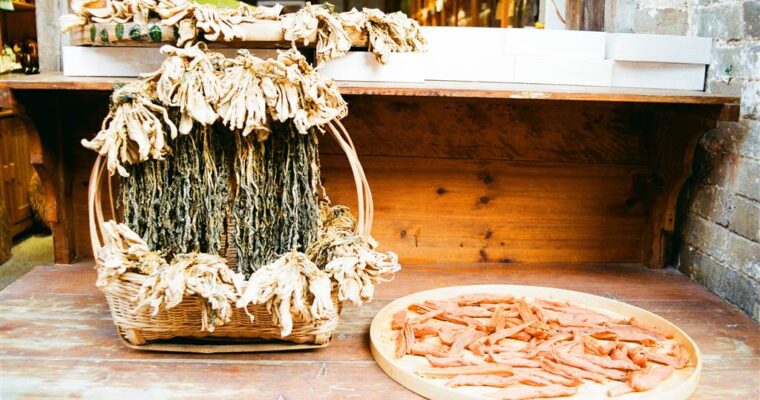In the morning I inquired with the hotel staff the possibility of maybe joining a half-day tour to see the Silver Caves. To my surprise, (and this really is very surprising to me), the hotel staff advised me not to join those tours. They said these tours are very rushed, and they really like to take tourists to shopping stops. They said, “miss, you would not like those.”
I debated my options, I would have liked to see more natural wonders in this part of Guilin, but I already knew that what I saw there would not be worth the enormous cost of hiring a private car. I was also hoping that I could be a bit more relaxed in this trip. Therefore I headed out to Xingping.
The hotel staff called a taxi, which took me to the main bus station in Yangshuo. There are buses that run the route to Xingping throughout the day. Along the way the bus picks up a lot of locals. They looked like peasants to me and they were speaking a sort of local dialect that I could not understand. There was no incident and I arrived in Xingping in 50 minutes or so.
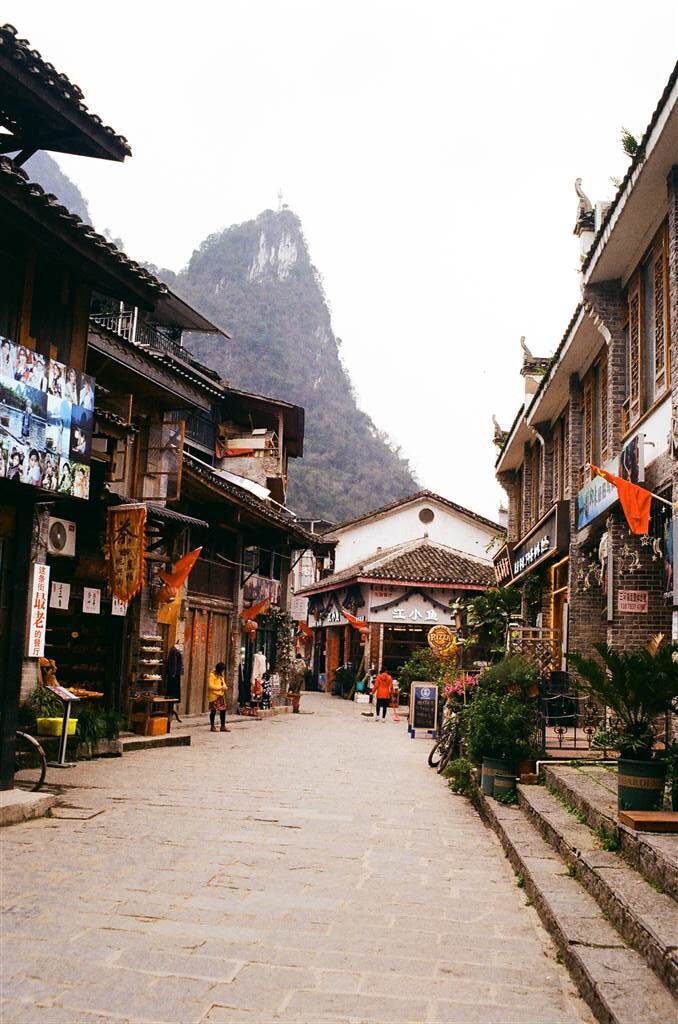
I came to Xingping because of two particular interests. First of all, I was hoping that I could shoot some photographs of the fishing practice there. The fishermen of Xingping engaged in fishing by using the cormorant. Secondly, the karst peak clusters that are featured on the RMB 20 yuan note is along the river boat tour of Xingping.
A Brief Word on Xingping’s History
Xingping had a beginning as a fishing village more than 1,700 years ago during the Ming dynasty. Both the former President Sun Yatsen and U.S. President Clinton have visited Xingping, therefore it has earned a good name as “president fishing village.”
The old houses of Xinping line its main streets. They are very photogenic. These houses are built with blue bricks. A lot of them have two stories with extended eaves. Classic wooden doors stand at the entrance to these old houses, and the views are very nice in Xingping.
First Impressions of Xingping
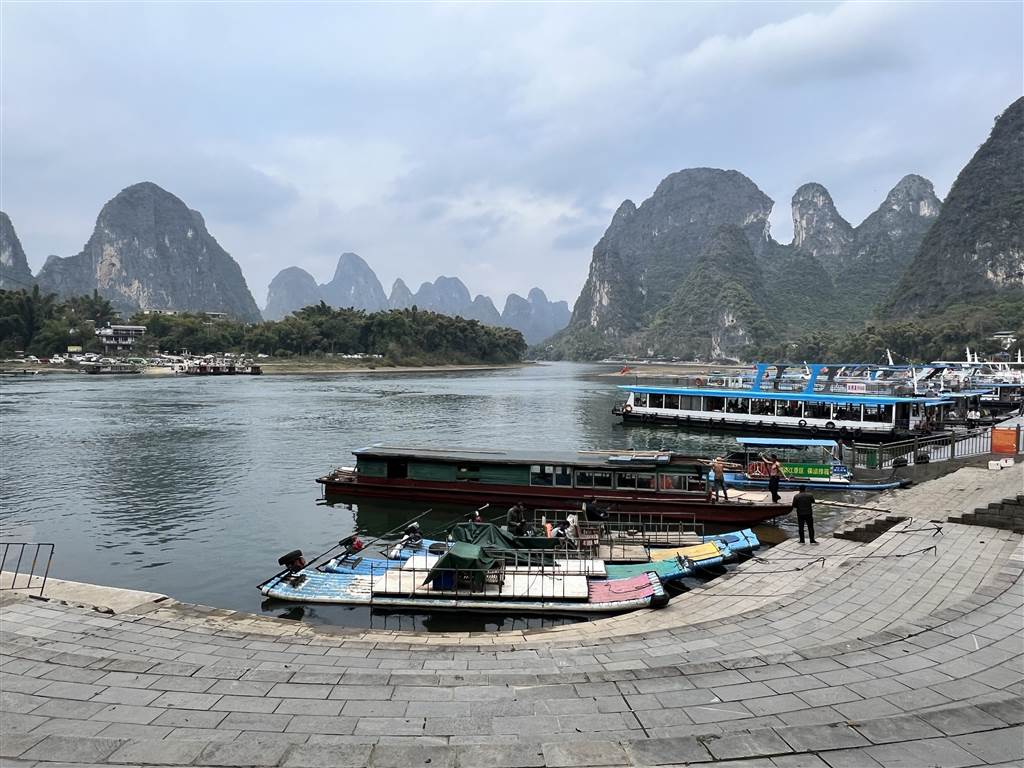
Xingping was a whole lot more like Huangyao within the wide spectrum of ancient towns in China. It is also a bit smaller than Huangyao, and it took just a few main streets to appreciate all that it offers. This is what I liked. I made my way through the ancient town and found the hostel that I was staying in.
I like water sceneries very much and this humble hostel lies right next to the section of Li River that runs through the Xingping area. In my bedroom I did overlook the section of the river where wooden rafts are ridden across to the other shore. In contrast to the hotel in Yangshuo, this family-run hostel provides the very basics, but clean and it is close to the Xingping Ancient Town.
I took a quick walk in Xingping. Certainly there were a whole lot of beautification efforts to dress the ancient town in an appearance that appeals to tourists. The storefronts were bling bling and there were some instagrammable photo spots as well. The stores and restaurants in Xingping came with a greater variety than what I saw in Huangyao.
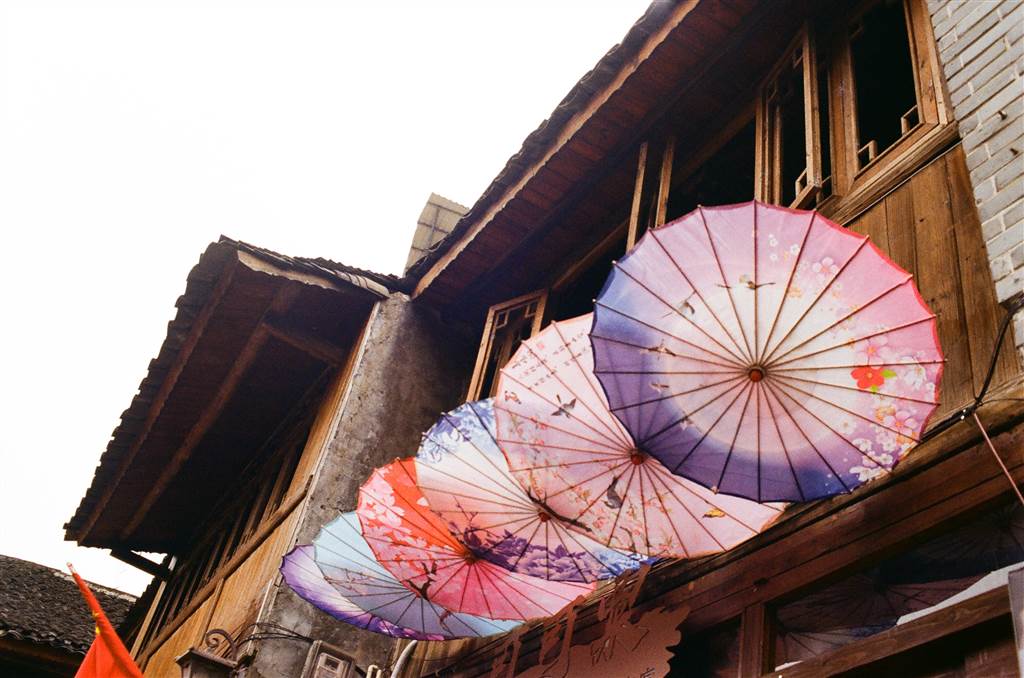
Xingping as a fishing community is well-known for its special former fishing techniques, and both foreign and local tourists come for the same reasons that I came. Its old town certainly reflects the effort to offer choices to the tourists. There were pizzerias, coffee shops, a western bakery, and restaurants serving different specialties of Guilin cuisine.
The Hammer and the Sickle in Xingping

What caught my eyes was a space that must have been a village commune office, located in the middle of the Xingping Ancient Town. The hammer and the sickle was out of place, certainly representing an era that was once intentionally wiped away – yes, even in China. This was intriguing to me, as in Huangyao there were also a few spots that celebrated Chairman Mao, another era that was “not so fashionable” for quite a few decades already. In China, one would not take these political attributions and references lightly, as they are not there merely for the sake of nostalgia. There is significance in their presence, and it is understood to be a celebration and affirmation of the figures being displayed in these prominent places in the community.
I had not bothered to find out why the USSR insignia was there. This space was the political office, it was meant to be the bastion of communism for this village. I imagined that it would be a bit awkward for a tourist to inquire about this, as politics must remain somewhat sensitive in this time of China.
My first meal in Xingping was Guilin mifen (rice noodles). This was not anywhere close to what I had in Huangyao, but it meets the common standard for this Guilin specialty.
The thing to do for the day was the boat ride (yes, again, and of the Li River too). The boat would take me to another part of the Li River with a different story to be proud of.
Sources
China Highlights, Xingping Fishing Village, Yangshuo.
Chian Discovery, Xingping Ancient Town—President Fishing Village.
